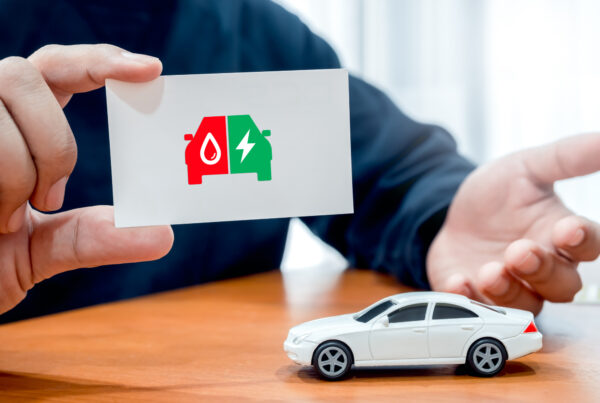Nissan has unveiled a 100% electric emergency response vehicle concept, designed to provide a mobile power supply following natural disasters or extreme weather events.
Called RE-LEAF, the working prototype is based on the Nissan LEAF passenger car, the world’s first mass-production electric vehicle.
Alongside modifications to navigate roads covered in debris, the RE-LEAF features weatherproof plug sockets mounted directly to the exterior of the vehicle, which enables 110-230v devices to be powered from the car’s high capacity lithium-ion battery.
The RE-LEAF can be driven into the centre of a disaster zone and provide a fully mobile power supply to aid the recovery process. The integrated energy management system can run medical, communications, lighting and other life-supporting equipment.
The RE-LEAF was created to demonstrate the potential of electric vehicles in disaster recovery. Whilst the vehicle is just a working concept, the technology exists to be used in the real world. In Japan, Nissan has been using the LEAF to provide emergency power and transportation following natural disasters since 2011, and the company has formed partnerships with more than 60 local governments to support disaster relief efforts.
“Concepts like the RE-LEAF show the possible application of EVs in disaster management and demonstrate that smarter, cleaner technology can help save lives and provide greater resilience for the future” Helen Perry, Head of Electric Passenger Cars & Infrastructure for Nissan in Europe said.
“Electric vehicles are emerging as one of the technologies that can improve resilience in the power sector. By having thousands of EVs available on standby, either as disaster-support vehicles or plugged into the network through Vehicle-to-Grid (V2G), they’re uniquely capable of creating a virtual power plant to maintain a supply of energy during a major outage.”


















